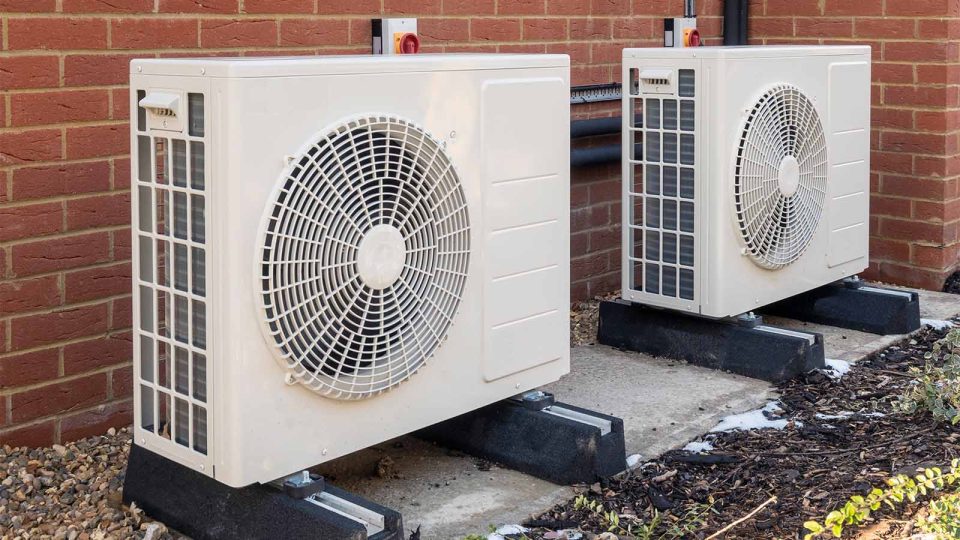Heat pumps, which provide both heating and cooling using electricity, are seen as a key solution to reduce greenhouse gas emissions from residential and commercial buildings. These emissions account for about one-third of New York State’s total. But what exactly are heat pumps, and can they help address the climate crisis? Let’s dive into the basics.
Why Choose Heat Pumps for the Environment?
Instead of burning fossil fuels for heat, which leads to pollution, heat pumps operate on electricity. While much of this electricity currently comes from fossil fuel combustion, the U.S. is increasingly shifting to renewable sources like hydro, wind, and solar. As this transition progresses, heat pumps will play a crucial role in cutting down greenhouse gas emissions.
How Do Heat Pumps Function?
A heat pump uses refrigerant to transfer heat, featuring an outdoor unit and an indoor blower controlled by a thermostat. In warm weather, it operates like an air conditioner, expelling indoor heat outside. In cold weather, it reverses this process, extracting heat from the outdoor air and bringing it inside.
Can Heat Pumps Strain the Power Grid?
New York City is gradually transitioning to renewable energy and preparing its grid for increased demand, according to Jen Hensley, a senior executive at Con Edison. The city’s climate chief, Rohit T. Aggarwala, believes that heat pumps’ efficiency will help manage grid demand effectively.
Miguel Modestino from NYU’s Tandon School of Engineering highlighted that heat pumps are efficient heat movers, not heat generators. They can produce three to four times more heat than conventional space heaters using the same amount of electricity.
Types of Heat Pumps
There are primarily two types of heat pumps: air-source and geothermal. Air-source heat pumps are more common, while geothermal pumps draw heat from the ground. Geothermal systems are suitable for large-scale applications but can be challenging to install in densely built areas like New York City.
Applicability to Building Types
Small buildings, including single-family homes and some businesses, are well-suited for heat pump installations. New constructions are increasingly incorporating larger heat pumps. However, older and taller buildings pose challenges due to the complexities of installation.
Meeting Climate Goals for Large Buildings
New York City mandates that properties over 25,000 square feet reduce emissions by 40% by 2030. Some properties, like the Empire State Building, are adopting heat recovery systems and partial electrification. However, technical advancements are ongoing to find optimal solutions for larger buildings.
Adoption and Cost
Heat pump installations are gaining traction. Since 2020, Con Edison customers in NYC have completed over 30,000 installations. Nationally, heat pump installations surpassed gas furnaces in January, indicating growing popularity.
While heat pumps can be expensive, costing upwards of $20,000 for a single-family home, financial incentives are available. Federal tax credits, state rebates, and utility company incentives can significantly reduce costs. Moreover, operational savings can be realized through reduced electricity bills.
Installation Experience
The installation experience varies. Some liken it to major surgery due to its complexity, while others describe it as a less disruptive process. The duration and disruption depend on the building’s size and existing infrastructure. Nonetheless, professionals in the field, like Victor Rodriguez from Ice Age Mechanical, see this as the future and are busier than ever.
In summary, heat pumps offer a promising pathway to reduce emissions from buildings, but their widespread adoption requires addressing technical challenges, financial barriers, and infrastructure readiness.


